Guinness Stout: History And Brewing Process

Guinness Stout, a beloved Irish beer, has a rich history and unique brewing process. It was first brewed in 1759 by Arthur Guinness in Dublin, Ireland. The beer gained popularity for its distinct dark color and smooth flavor. The brewing process involves using roasted barley, which gives the stout its characteristic taste. After fermentation, the beer is left to mature for several weeks, allowing the flavors to develop further. This careful craftsmanship has made Guinness Stout a world-renowned beverage enjoyed by many.
1 Guinness Stout Origins And Heritage
Guinness Stout has a rich heritage that dates back to 1759 when it was first brewed by Arthur Guinness in Dublin, Ireland. This iconic Irish beer gained popularity for its distinct dark color and smooth flavor. Over the years, it has become a symbol of Irish culture and tradition. The brewing process involves using roasted barley, which gives the stout its unique taste. Today, Guinness Stout is enjoyed worldwide and continues to be a beloved beverage with a history steeped in tradition.
2 Guinness Brewing Process And Ingredients
The brewing process of Guinness Stout involves a careful combination of high-quality ingredients. It starts with the selection of barley, which is then malted and roasted to create the signature flavor and dark color. The roasted barley is mixed with water and hops, creating a mash that undergoes fermentation with yeast. This fermentation process produces alcohol and carbon dioxide, giving Guinness its distinct taste and smooth texture. After fermentation, the beer is carefully filtered and carbonated before it is ready to be enjoyed by beer enthusiasts worldwide.
Alcohol Content In Guinness: Facts And Figures
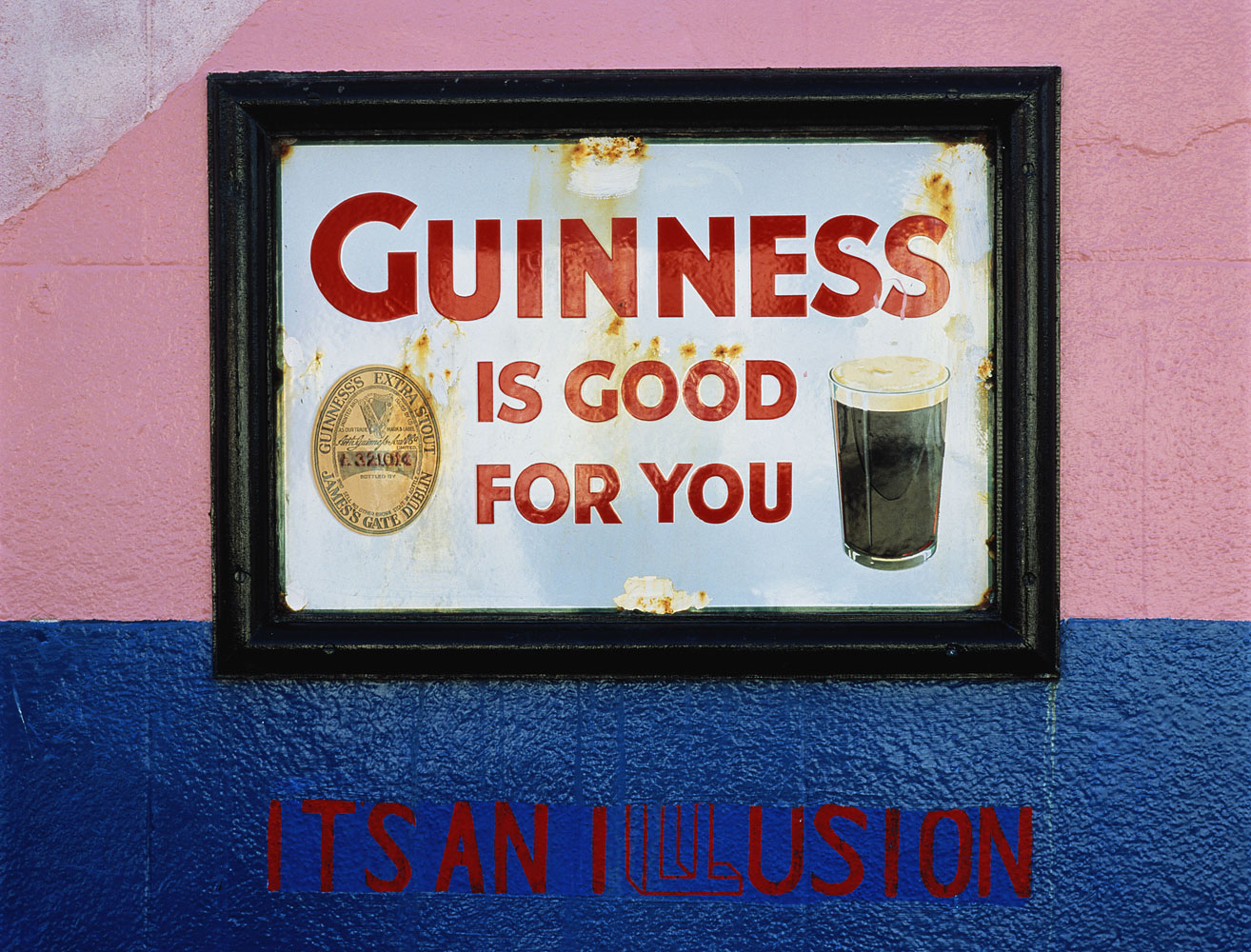
Guinness Stout has an alcohol by volume (ABV) of 4.2%, which is slightly lower than the average beer’s ABV of 5%. This iconic Irish beer is known for its dark color and dry flavor. It contains fewer calories compared to some other beers, making it a popular choice among beer enthusiasts. Guinness is brewed using a meticulous process that involves high-quality ingredients such as malted barley, roasted barley, water, hops, and yeast. The result is a smooth and distinct-tasting stout that has become synonymous with Guinness.
1 Alcohol Percentage In Guinness Draught
Guinness Draught, the flagship beer of Guinness, has an alcohol by volume (ABV) of 4.2%. This means that approximately 4.2% of the total volume of the beer is pure alcohol. While this may be slightly lower than the average ABV of other beers, it still provides a satisfying and flavorful drinking experience. The moderate alcohol content makes Guinness Draught a popular choice for those looking to enjoy a pint without becoming too intoxicated.
2 Understanding Units Of Alcohol In Guinness
The alcohol content in Guinness can be measured in units of alcohol. One unit of alcohol is equivalent to 10 milliliters or 8 grams of pure alcohol. In terms of Guinness Draught, which has an ABV of 4.2%, a pint (568 ml) would contain around 2.4 units of alcohol. It’s important to understand the concept of units when it comes to drinking responsibly and monitoring your intake. Keep in mind that these figures may vary depending on the specific variant and serving size of Guinness you choose to consume.
Health Effects Of Consuming Guinness
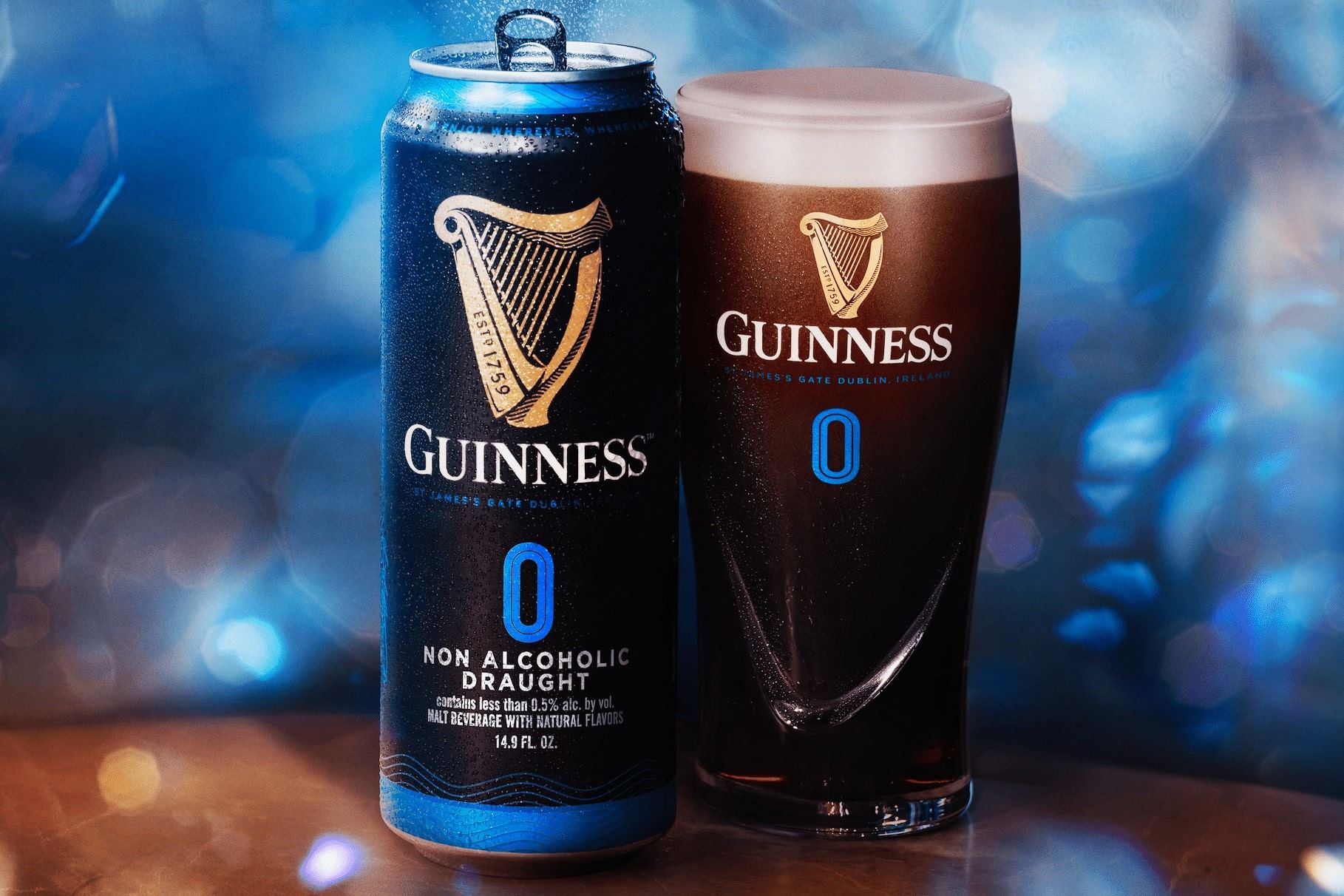
Consuming Guinness in moderation can have both positive and negative health effects. While moderate alcohol intake has been associated with potential heart benefits, excessive consumption can lead to a range of health issues, including liver damage, increased risk of certain cancers, and mental health problems. It’s important to remember that the negative effects of alcohol outweigh any potential benefits. Therefore, it is crucial to drink Guinness responsibly and in moderation to minimize the risks associated with excessive alcohol consumption.
1 Moderate Alcohol Consumption And Health Benefits
Moderate alcohol consumption has been associated with potential health benefits. According to the USDA’s dietary guidelines, moderate drinking means no more than two drinks per day for men and one drink per day for women. Studies suggest that moderate alcohol intake may have a protective effect against heart disease. However, it’s important to note that these benefits are only seen when alcohol is consumed in moderation. Excessive drinking can lead to serious health problems and should be avoided. Always drink responsibly and within recommended limits.
2 Potential Risks Of Excessive Guinness Consumption
Excessive consumption of Guinness can lead to various health risks. Firstly, it is important to note that Guinness still contains alcohol, and consuming too much can impair judgment and coordination. Additionally, excessive drinking can contribute to weight gain and increase the risk of liver damage. It can also lead to an increased likelihood of developing certain types of cancer, cardiovascular diseases, and mental health issues. To avoid these risks, it is crucial to drink responsibly and in moderation.
Comparing Alcohol Content In Guinness Variants
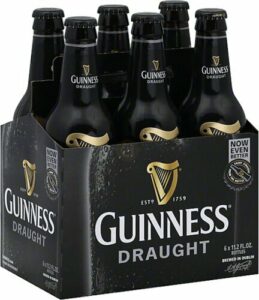
Guinness offers a range of variant beers, each with its own unique alcohol content. The standard Guinness Draught has a moderate ABV (alcohol by volume) of around 4.2%. This makes it a popular choice for those looking for a balanced and smooth drinking experience. On the other hand, Guinness Extra Stout boasts a higher ABV of 5%, providing a bolder flavor profile and stronger kick. Whether you prefer the milder taste or the stronger punch, there is a Guinness variant to suit every beer lover’s preference.
1 Guinness Draught Vs. Guinness Foreign Extra Stout
When comparing Guinness Draught and Guinness Foreign Extra Stout, there are noticeable differences in their alcohol content and flavor profiles. Guinness Draught has a moderate ABV of 4.2% and offers a smooth and balanced drinking experience. On the other hand, Guinness Foreign Extra Stout has a higher ABV of 7.5% and provides a bolder flavor with its dark ruby red color. Both variants have their own unique characteristics, catering to different preferences for beer lovers worldwide.
2 Alcohol Content Discrepancies In Limited Edition Guinness Beers
Limited edition Guinness beers often come with unique flavors and brewing techniques, but they can also have variations in alcohol content. These special releases may have higher or lower ABV compared to the standard Guinness offerings. For example, some limited editions like the Guinness Nitro IPA have a slightly higher alcohol content of around 4.5%, while others like the Guinness Antwerpen Stout may have a lower ABV. It’s important to check the label or product description for specific information on alcohol content when trying these limited edition brews.
Responsible Drinking Guidelines For Enjoying Guinness
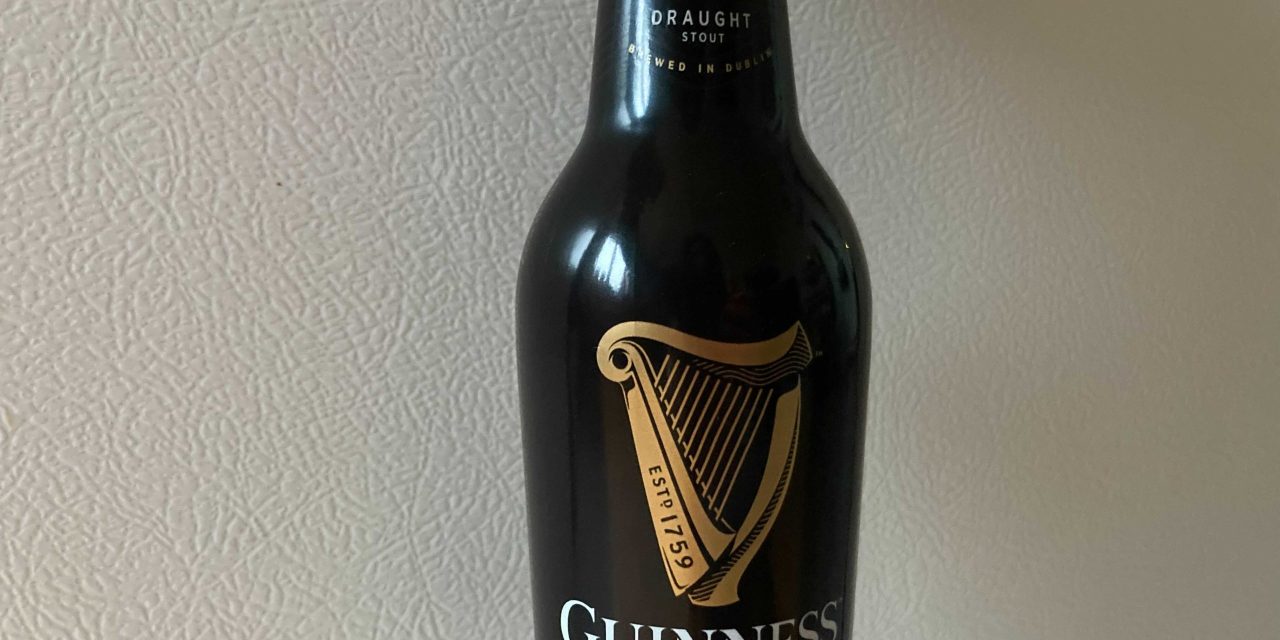
When it comes to enjoying Guinness, responsible drinking is key. Here are some guidelines to keep in mind:
- Pace yourself: Savor the rich flavors of Guinness by drinking slowly and taking breaks between pints.
- Set limits: Determine how many pints you will have beforehand and stick to that number.
- Stay hydrated: Drink water alongside your Guinness to stay hydrated and help prevent excessive alcohol consumption.
- Eat before and during: Enjoying a meal before drinking can help slow down the absorption of alcohol. Snacking while drinking can also help maintain a steady blood alcohol level.
- Don’t drink and drive: Always arrange for a designated driver or use alternative transportation options if you’ve been drinking.
By following these guidelines, you can enjoy Guinness responsibly while ensuring your own safety and the safety of others.
1 Tips For Moderation And Enjoyment Of Guinness
To enjoy Guinness responsibly, here are some tips for moderation and enjoyment:
- Pace yourself: Savor the rich flavors of Guinness by drinking slowly and taking breaks between pints.
- Set limits: Determine how many pints you will have beforehand and stick to that number.
- Stay hydrated: Drink water alongside your Guinness to stay hydrated and help prevent excessive alcohol consumption.
- Eat before and during: Enjoying a meal before drinking can help slow down the absorption of alcohol. Snacking while drinking can also help maintain a steady blood alcohol level.
- Don’t drink and drive: Always arrange for a designated driver or use alternative transportation options if you’ve been drinking.
By following these guidelines, you can enjoy Guinness responsibly while ensuring your own safety and the safety of others.
2 Alcohol Consumption And Social Responsibility
Alcohol consumption is a personal choice, but it also comes with social responsibilities. It’s important to drink responsibly and consider the impact of our actions on ourselves and others. This includes knowing our limits, not driving under the influence, and being aware of how alcohol affects our behavior. By practicing moderation and making responsible choices, we can ensure a safer and more enjoyable drinking experience for everyone involved. Let’s remember that drinking should be about enjoyment, not harm.
Conclusion: The Verdict On Guinness Alcohol Content
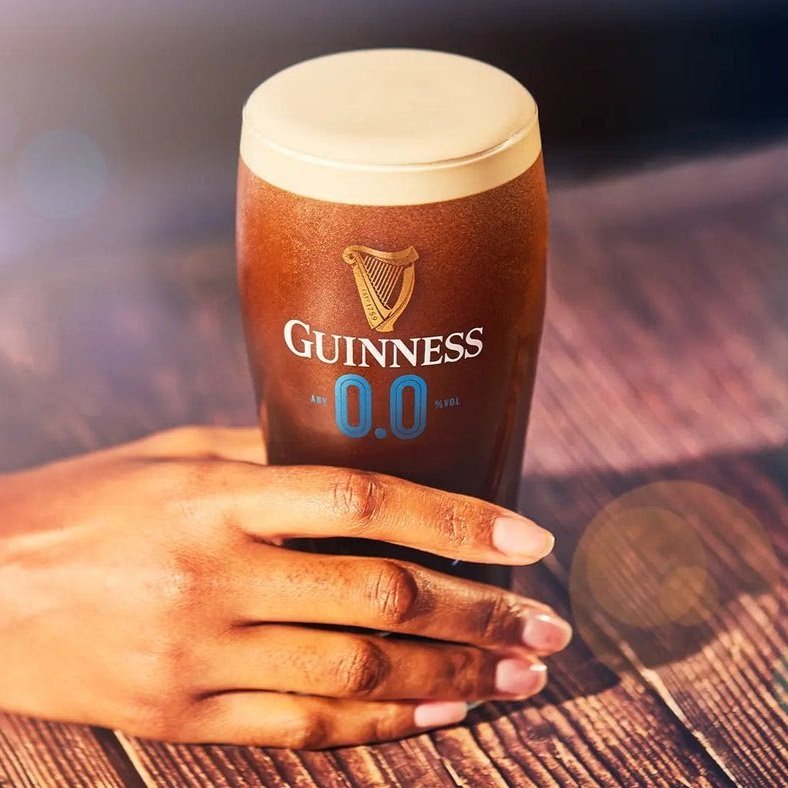
Guinness Stout has an alcohol content of 4.2% ABV, which is lower compared to other popular beers like Budweiser and Heineken. While Guinness may have been advertised as “good for you” in the past, it’s important to remember that moderation is key when consuming any alcoholic beverage. Drinking responsibly and being aware of your limits is essential for a safe and enjoyable experience. So, whether you’re enjoying a pint on St. Patrick’s Day or any other occasion, make sure to savor your Guinness responsibly.
1 Summary Of Guinness Alcohol Content Information
Guinness Stout has an alcohol content of 4.2% ABV, making it a moderately alcoholic beverage. The rich and flavorful stout is known for its dark black color and dry taste. While Guinness may have been touted as “good for you” in the past, it’s important to drink responsibly and in moderation. Enjoying a pint of Guinness can be a pleasurable experience when savored responsibly, whether on St. Patrick’s Day or any other occasion.
2 Exploring The Cultural Significance Of Guinness In Moderation
Guinness holds a special place in Irish culture and has become a symbol of national pride. The iconic stout is often associated with St. Patrick’s Day celebrations and Irish pubs around the world. It is not just about the alcohol content; Guinness represents tradition, community, and camaraderie. Enjoyed responsibly, it can be a way to connect with friends and family while appreciating the rich history and heritage behind this beloved beverage. So raise a pint of Guinness in moderation, toast to good times, and celebrate the cultural significance it holds.
FAQ About Alcohol Content In Guinness: The Stout Truth
Q: What is the alcohol content in Guinness Draught?
A: Guinness Draught has an alcohol by volume (ABV) of around 4.2%.
Q: How does the alcohol content in Guinness Extra Stout compare to Guinness Draught?
A: Guinness Extra Stout has a slightly higher alcohol by volume (ABV) of around 6%.
Q: Are there any low-alcohol or non-alcoholic versions of Guinness available?
A: Yes, Guinness offers various low-alcohol and non-alcoholic options such as Guinness Zero and Guinness Draught Alcohol-Free.
Q: Does the alcohol content in Guinness vary by region?
A: Yes, the alcohol content in Guinness may vary slightly depending on the region due to different brewing and distribution practices.
Q: Is Guinness considered a strong or heavy beer in terms of alcohol content?
A: Compared to many other beers, Guinness is not considered particularly strong or heavy in terms of alcohol content. It falls within the range of a standard beer’s ABV.

Family-owned and proudly serving the Black River Falls area since 1973. Our convenience store, bar, and restaurant within the same building are unique to the area. We accommodate our smokers with a separate facility. We are conveniently located within two miles of the interstate at the corners of Highway 12 and 27. We are your one-stop destination for a restaurant/bar and convenience store.